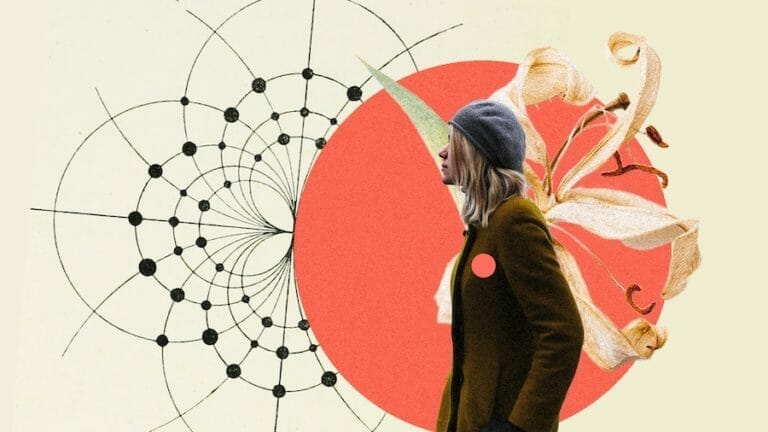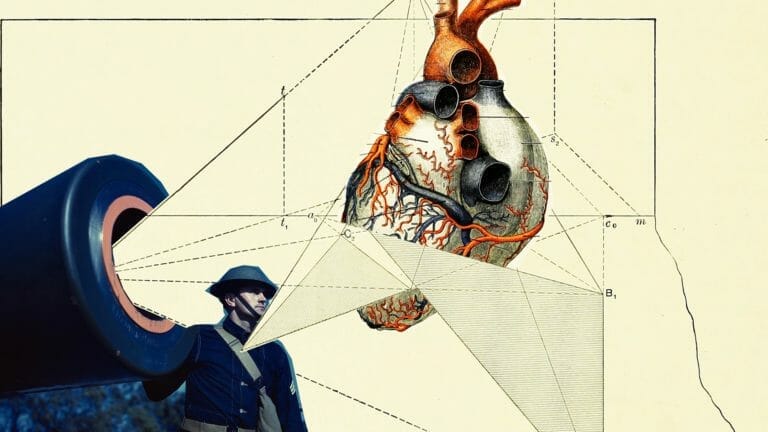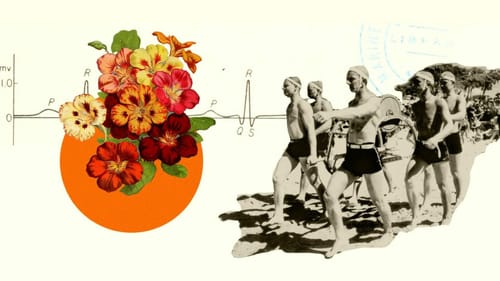The Upanishads are a collection of texts detailing man’s journey to realizing the Self, and finding union with The Supreme Over Soul, Brahman—who others may also refer to as God. Much like the Bible, the Upanishads are considered sacred amongst the Hindu people. The word translates to “sit down,” referring to one mastering their connection with their true Self or Atman, which translates to “soul.” Translated by Eknath Easwaran, this excerpt of The Upanishads details what—and where—our true Self lies, and how we can discover it, and fine-tune it, to become one with Brahman.

“The Wisdom of Shandilya” states that, if the universe was birthed from and and exists within Brahman, then we theoretically should be able to return to Brahman, attaining the ultimate level of spirituality and connection to the Self. What is “the Self,” though? Essentially, it is our soul—but there is also much more to it than that. The Self is the culmination of truth, light, and life.
All of our desires and creations were given rise to by the Self, which resides right in the center of our being: our heart. That is not to say it is a physical part of ourselves, however; our physical bodies serve as a vehicle of sorts for the Self. The Self, though it is “smaller even than the kernel of a grain of millet,” is also described in The Upanishads to “pervade the universe,” transcending that of the earth and our skies. While our physical, or empirical selves are subject to death and decay, our true Self is unchanging and undying.

The Upanishads state that, if we can realize the Self, we can become unified with Brahman and the Infinite. Unifying with Brahman goes beyond achieving glory, because even that puts limits on what connecting with the Self actually is. We define glory as having lots of money, family, and giant mansions on green fields. But it is these very material things that are dependent on each other, and which limit us from realizing the Self and the Infinite—which is independent of all things. By realizing the Self, we can live in freedom. We can find home anywhere we go, and, once our bodies decay, can return to Brahman.
The city of Brahman—the location in which all of our desires are fulfilled, where aging and decaying is nonexistent, where the Self is found —is located in what The Upanishads call “the lotus of the heart.” It is believed to have this name due to what the flower itself represents in Hinduism; growth, rising above adversity, and being pure of heart. Knowing this, the lotus of the heart is essentially the gateway to joy, bliss, and wisdom, and it is the city of Braham that we should align ourselves with and try to realize, because it is where the Self is hidden. Spiritually, this space within the lotus of the heart is infinite, and encompasses both heaven and earth, the sun and the moon and all the stars, and all elements of life: fire, water, earth, and air.

In the city of Brahman,there is no worry of disease, of hunger, or of thirst. Our bodies may show signs of old age, but our spirits do not. In the city of Brahman, all desires are fulfilled—and so we must turn our focus to discovering the path to the Self and Brahman. Unlike the world we live in, in which our creations and desires are for naught and we are dependent on finances and our country to provide life for us, the city of Brahman is eternal. Knowing who we are and what our place is in this world grants us the ultimate freedom.
Reconnecting with the Self is what will ultimately free us from the chains that are the world we currently live in. To realize that we will return to Brahman, who created the universe and pervades heaven and earth is to achieve the Self and be one with the Infinite, guiding us back to the city of Brahman. We must be willing to abandon our desire for material things, such as wealth and stability in the form of physical things, and instead realize that all desires can be achieved if we turn our focus inwards instead of outwards. As it is, our ego is what prevents us from achieving freedom and spirituality. The Upanishads seek to enlighten its readers to discover the Self, nestled within the lotus of the heart. It is our deepest desires that will determine our future, and the next life to come—to focus our desires on discovering the Self will grant us the ultimate freedom and connection with Brahman.
